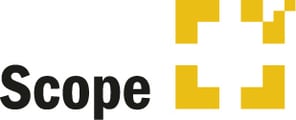- Knowledge Base
- Legacy User Manual
Legacy Scope User Manual (2022 PDF Version)
Scope User Manual will not be updated - this PDF files represent status quo of the end of 2022. Knowledge Base will help you with your questions.
Link to the starting page of the knowledge base/new manual.
Click the links with the right mouse button and then select
"Save target as". Open the downloaded file with a desktop PDF viewer.
Scope English User Manual (2022)
Scope German User Manual (2022)
ATLAS (German Customs)
Please share with us which topic you are looking for or which question you would like to ask on our feedback form. That way, we can prioritize content you are interested in and quickly add it to our knowledge base.
